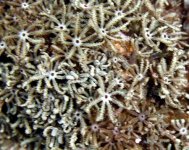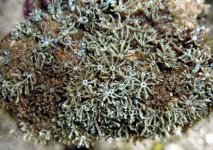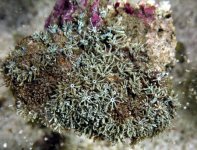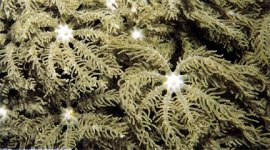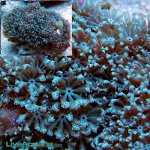A
Anonymous
Guest
Picked this up last week through Extreme Corals, being sold simply as "Silver Xenia." The photos (shots from the dealer's web site) don't even remotely do it justice... the rock looks like it's covered in a solid, fluffy wheat field of short-stalked xenia polyps.
Quite honestly, it's an absolute stunner that I hope spreads like mad in my tank
But I've got no idea what it really is. It's not quite xenia, not quite anthelia... anybody got a guess?
Quite honestly, it's an absolute stunner that I hope spreads like mad in my tank
But I've got no idea what it really is. It's not quite xenia, not quite anthelia... anybody got a guess?




